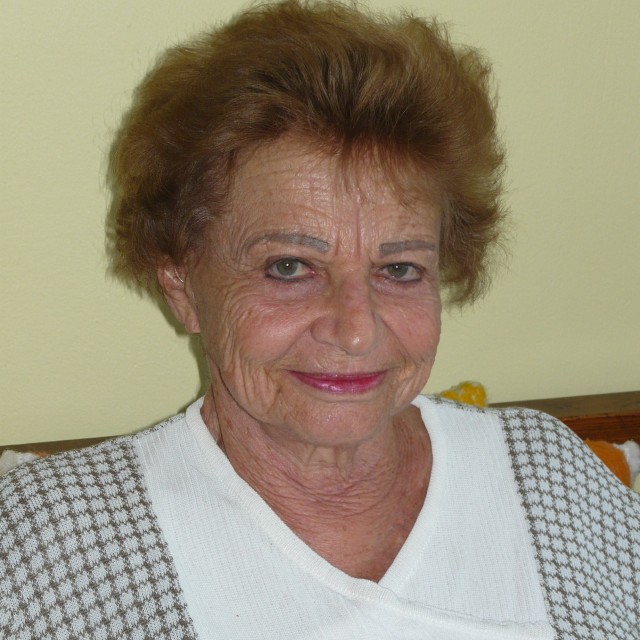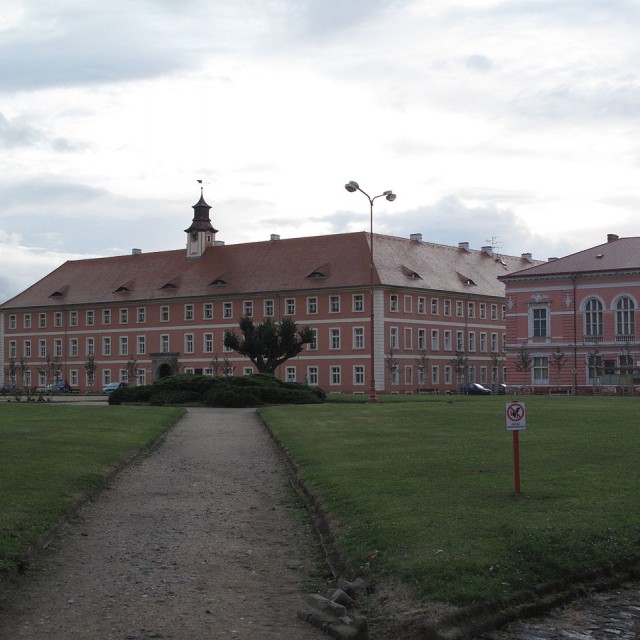
Ilsa Maier
Ilsa Maier was born May 15th, 1922, in Brno as Ilsa Drexlerová in a well-to-do Jewish family. As she says, before she turned seventeen, her childhood had been very happy. Then, on August 15th 1939, a fanatical group of Nazis attacked Jews in one Brno café and Ilsa's father did not survive the attack. The family's attempt at escape to England was marred by the outbreak of WWII in September 1939. In spite of the increasing persecution of the Jewish population, Ilsa tried to keep leading a normal life for as long as possible. She was studying at grammar school, after that she was working in a Jewish kindergarten. However, at the end of 1941 she and her mother had to board one of the first transports to the Terezín ghetto. There she first worked as a nurse for infants, but due to a series of illnesses she had to quit her work in healthcare after some time. She then worked as a teacher for preschool children. When her then husband, whom she had married just before the transport to Terezín, was sent into an eastbound transport in 1944, she voluntarily asked to be included in the same transport as well. In Auschwitz-Birkenau Ilsa met her cousin Markéta, (later Nováková), and after the selection process they were both sent for labour. Ilsa Maier and Markéta Nováková can be seen in a unique photograph, taken by an unknown photographer - by a Nazi overseer. Many years after, by coincidence Ilsa found this photograph in one bookshop in New York in a book about the Auschwitz commander Rudolf Höss. After six weeks in Birkenau, both cousins were transported to a little town in Silesia called Bad Kudowa, (Lázně Chudoba in Czech, present-day Kudowa Zdroj in Poland), just a few kilometers from the Czech town Náchod. They were interned in a concentration camp, which was under the Gross Rosen camp's administration, and they had to work under very difficult conditions in armament industry. It was also in Kudowa where they saw the liberation in May 1945. Ilsa found her mother and grandmother after the war, but her husband had died in Dachau. She began studying and she befriended her husband's friend František Maier, whom she eventually married. Upon their uncle's invitation in 1947 the whole family travelled to the USA. Their uncertainty about whether to stay in America or return became resolved by the communist putsch in February 1948. Ilsa and her family have been living in the USA till this time. She brought up two sons. Ilsa often returns to her native country, especially for visits to her cousin Markéta Nováková.







